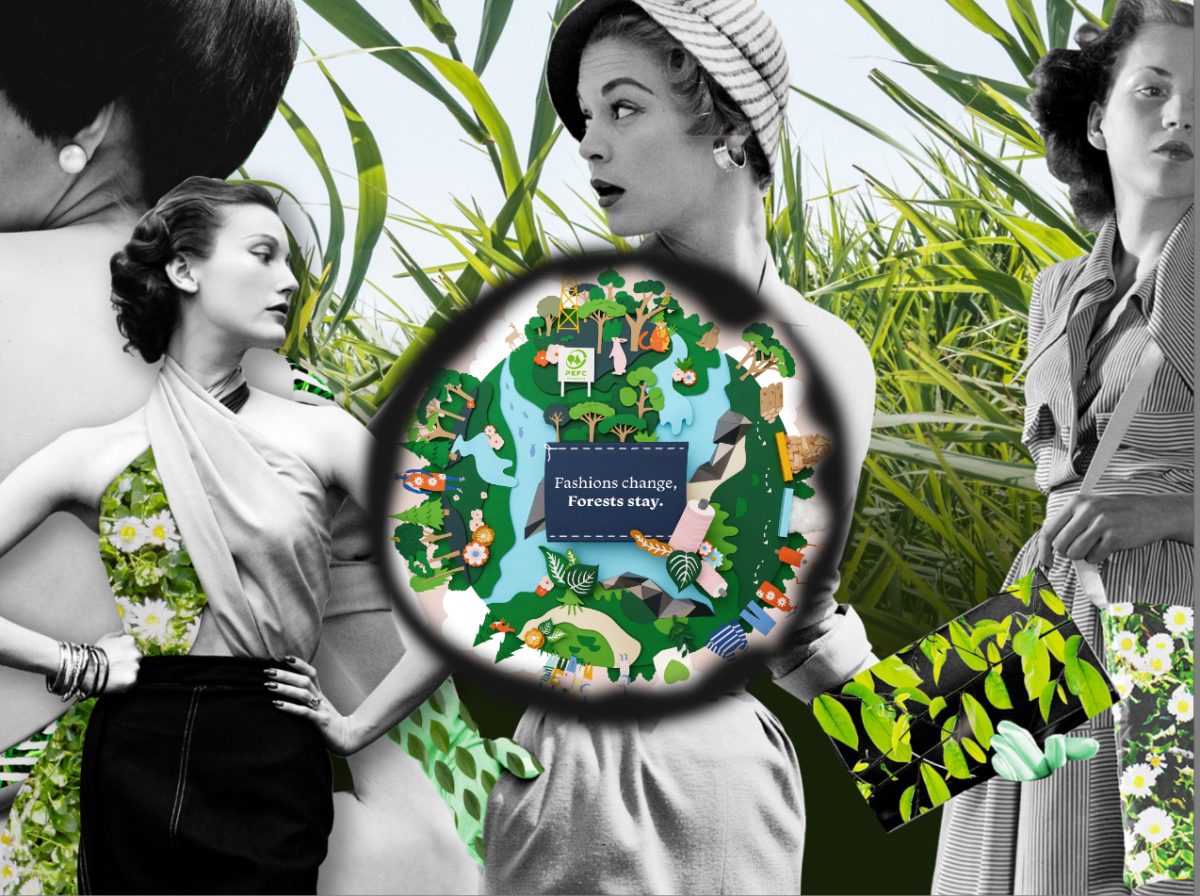When comparing popular sustainable fashion brands to their non-sustainable counterparts, a clear distinction emerges.
Take Patagonia, for example, as a role model when it comes to sustainability through its emphasis on recycled materials and reducing its environmental impact. In contrast, fast fashion companies like Forever 21, prioritize affordability and mass production at the expense of the planet.
Consider the practices of Eileen Fisher versus H&M. The brand Eileen Fisher stands out for its commitment to organic fabrics and fair labor practices, aligning with a more environmentally conscious approach. On the other hand, H&M, a symbol of fast fashion, faces criticism for its usage of unethical product production, rapid turnover of clothing items, and the resulting environmental consequences.
In the realm of athletic wear, Adidas and Allbirds present a similar issue. While Adidas boasts iconic branding and widespread popularity, Allbirds takes a sustainable route by crafting shoes from renewable materials like merino wool and eucalyptus fibers. Adidas, however, falls short in prioritizing eco-friendly materials and practices.
The distinction between sustainable and non-sustainable fashion brands is evident in their commitment to ethical sourcing, environmental responsibility, and product production.
While sustainable brands prioritize long-term environmental health and fair labor practices, their non-sustainable counterparts often prioritize mass production and cost efficiency at the expense of ecological impact.
As the call for sustainable practices grows louder, the fashion industry faces a choice between contributing to environmental well-being or perpetuating harmful practices.
With this information in mind, there are many steps you can take. As a consumer, you can choose Patagonia over Forever 21, Eileen Fisher over H&M, and Allbirds over Adidas. Given the wealth of news regarding this topic daily, it should make it easier to prioritize your purchasing decisions.









